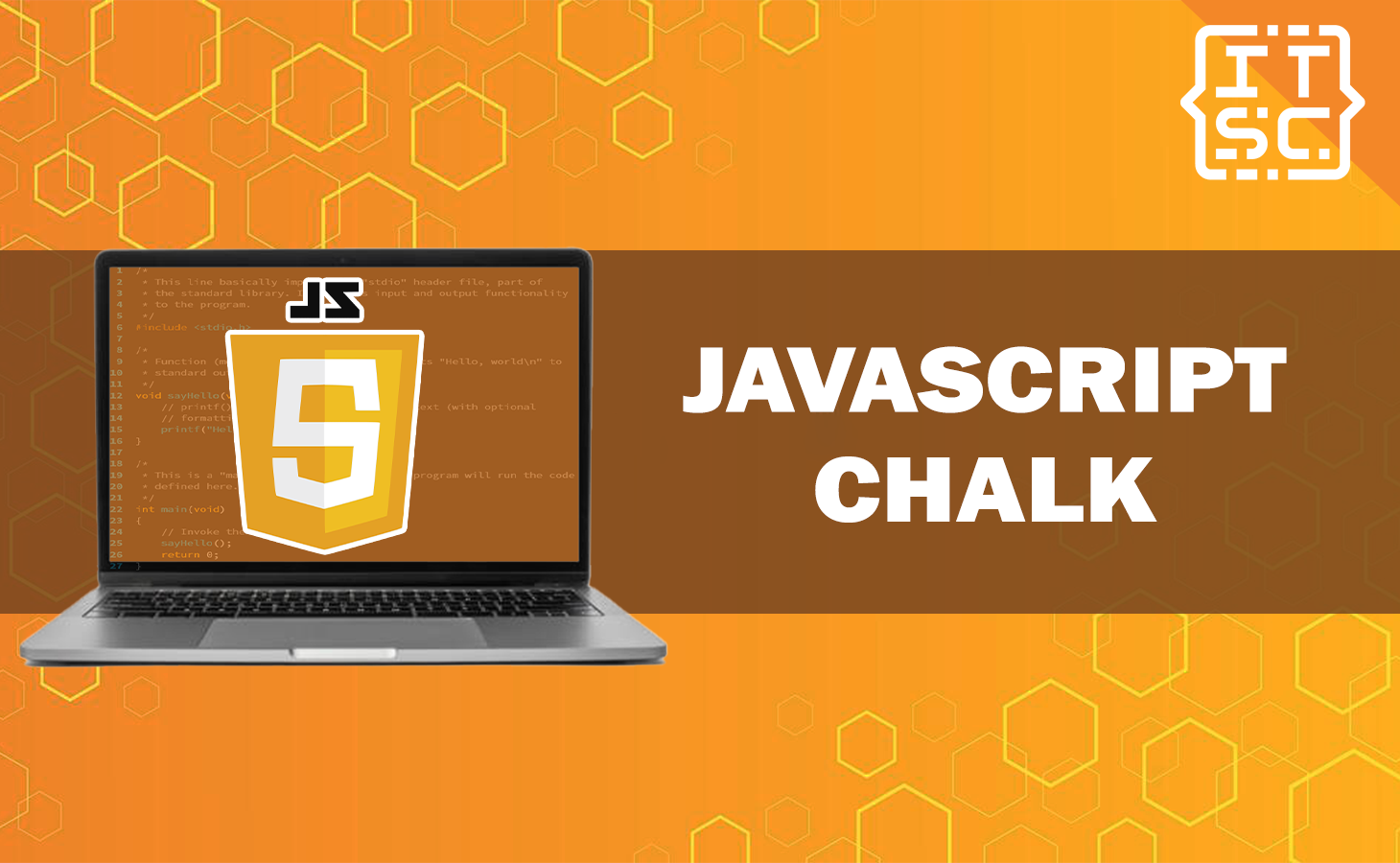In this article, we’ll go deep into the world of JavaScript Chalk, learning about its potential, uses, and practical implementation.
JavaScript Chalk, also known as Chalkboard.js, is a flexible framework that allows web developers to incorporate interactive features and visual enhancements into their websites and applications.
What is Javascript Chalk?
JavaScript Chalk is a lightweight Javascript library that makes creating interactive elements on websites easier.
It is built on the famous JavaScript framework, allowing developers to incorporate chalkboard-like features that give a distinct user experience.
JavaScript Chalk allows you to enhance your web applications with colorful drawings, notes, and real-time collaborative capabilities.
Benefits of Using Chalk in JavaScript
This library Chalk provides web developers with a wealth of options. Let us look at some of the amazing advantages it provides:
1. Enhanced User Interaction
Web developers can employ Chalk to deliver a more interactive and engaging experience for users.
It improves user interaction and encourages active participation by allowing them to draw, write, and annotate directly on the web page.
2. Real-Time Collaboration
One of JavaScript Chalk’s most striking features is its ability to support real-time collaboration.
Multiple users can draw and interact on the same canvas at the same time, making it perfect for collaborative brainstorming sessions and instructional platforms.
3. Visual Explanations
When words are insufficient, Chalk steps in. It allows developers to visually annotate and clarify difficult ideas and concepts, which helps consumers comprehend and remember information.
4. Educational Tools
JavaScript Chalk is a game changer in the world of e-learning. It can be used by teachers to construct interactive lessons in which students can actively engage by drawing and interacting with the content.
5. Artistic Expression
JavaScript Chalk provides artists with a blank canvas on which to unleash their imagination and create visually stunning sketches or drawings.
How to use JavaScript Chalk?
Follow these steps to get started with this library:
1. Install Chalk library
To begin, incorporate the JavaScript Chalk library into your project. You can get the most recent version from the official website or use a package manager such as npm or yarn.
2. Setup the Canvas
Next, add an HTML canvas element to display the whiteboard. Make sure the size and styling are correct.
<canvas id="chalkboard" width="800" height="400"></canvas>3. Initializing JavaScript Chalk
In your JavaScript file, import the Chalkboard.js library and initialize it with the canvas element.
const chalkboardCanvas = document.getElementById('chalkboard');
const chalkboard = new Chalkboard(chalkboardCanvas);4. Adding Interactivity
Now that your chalkboard is set up, you can start adding interactive features. For example, you can allow users to draw with different colors and brush sizes:
chalkboard.enableDrawing(true);
chalkboard.setBrushColor('blue');
chalkboard.setBrushSize(5);Nevertheless, here are other functions you can learn to enhance your JavaScript skills.
- What is Javascript init function? How it Works?
- What is Javascript file naming conventions?
- Is JavaScript similar to Java? What’s the difference?
Conclusion
To conclude, JavaScript Chalk is a useful tool for web developers that allows them to add interactivity and creativity to their websites and services. Its uses span multiple industries, making it an invaluable asset to any project.
You can unlock the full power of Chalk and provide an excellent user experience by following best practices and exploring its numerous capabilities.

